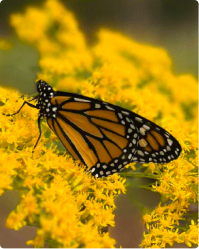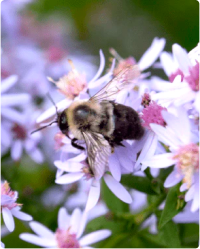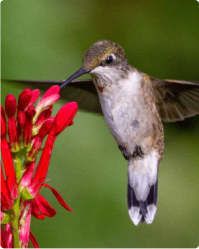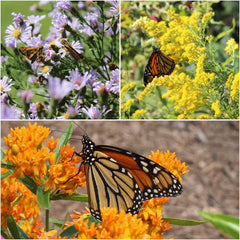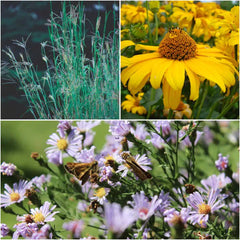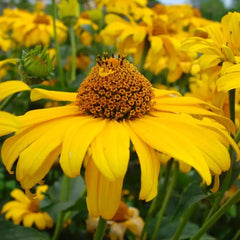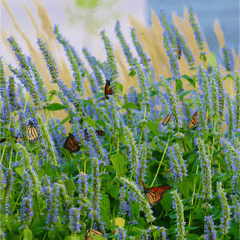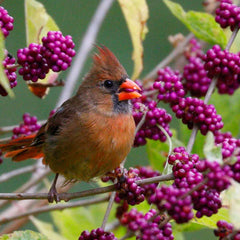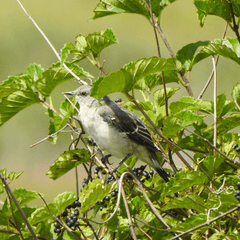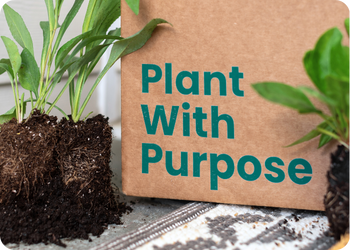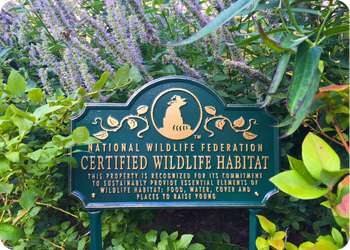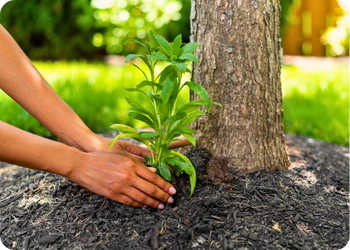- Shop All
- Plant Finder Quiz
- Collections
-
Regions
- Connecticut
- Maine
- Massachusetts
- New Hampshire
- New Jersey
- New York
- Pennsylvania
- Rhode Island
- Vermont
Northeast
- Alabama
- Arkansas
- Delaware
- District of Columbia
- Florida
- Georgia
- Kentucky
- Louisiana
- Maryland
- Mississippi
- North Carolina
- South Carolina
- Tennessee
- Virginia
- West Virginia
Southeast
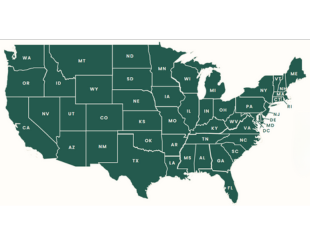
View Map
- Habitats
- Wildlife
- Our Mission
- On Sale
- New
Native Plant Month
Our native plant collections are specially curated for your region. Please enter
your zip code to find the best plants for your area.
Filtered By:
Filters
Animal Resistant
Soil Type
Light Conditions
Bloom Type
Plant Height
Plant Type
Soil Moisture
Wildlife Benefits
Flower Color
Price range
0 Products
0 of 0 Products
Be the first to know about sales on native plants
- What is native plant month?
- Why should I plant native species?
- Is it hard to grow native plants?
- What are some common misconceptions of native plants?
Native Plant Month, observed annually during April, serves as a platform to raise awareness about the importance of native flora and promote their widespread adoption in gardens, parks, and natural areas.
Originally launched in the fall of 2022 by the Garden Club of America to promote native plants by formally establishing a Native Plant Month in all fifty states. In 2023, 48 states and the District of Columbia established a Native Plant Month, and five states passed legislation making it permanent.
Garden for Wildlife is excited to welcome new wildlife gardeners this year with special offers on native plants in April.
Stay tuned for updates or subscribe to our mailing list for all the latest deals on native plants.
Native plants are species that have evolved in specific regions over thousands of years, adapting to the local climate, soil, and ecological conditions. These plants play a crucial role in maintaining healthy ecosystems by providing essential food and shelter for wildlife, supporting biodiversity, and contributing to various environmental benefits.
There are countless reasons to buy native plants for your garden. Here are just a few:
Thriving in Your Environment: Native plants are perfectly adapted to your region's climate, soil conditions, and rainfall patterns. This translates to less maintenance for you, as they require little extra watering or fertilizer once established.
A Haven for Wildlife: Native plants have coevolved with local wildlife, providing essential food sources like nectar, pollen, and fruits. Butterflies, bees, hummingbirds, and birds rely on these plants for survival, and including them in your garden creates a vibrant pollinator garden.
Promoting Biodiversity: Native plant communities support a wider variety of wildlife compared to non-native species. This biodiversity is crucial for a healthy ecosystem, promoting natural pest control and maintaining a balanced environment.
Beauty with Benefits: Native plants come in a stunning array of shapes, sizes, and colors, offering a visual feast for the eyes. From vibrant wildflowers to graceful ferns, you can create a beautiful garden that's also good for the environment.
Water Conservation: Native plants are naturally water-efficient, requiring less watering than their non-native counterparts. This translates to lower water bills for you and reduced pressure on local water resources.
Erosion Control: Native plants with deep root systems help prevent soil erosion, especially on slopes or hillsides.
It is a common misconception that native plants are hard to grow. In reality, native plants are often easier to grow because they are adapted to local soil, climate, and pests. They typically require less water, fertilizer, and maintenance compared to non-native species, making them a practical choice for sustainable gardening.
Plus, it's never been easier to find the right plant for the right place. When you order pollinator-safe native plants from gardenforwildlife.com, all you have to do is enter your zip and we'll show you which plants are native to your region and ready to ship. Just pick your plants and our nearest grower will pack up your order and ship them directly to your doorstep.
One of the most pervasive myths is that native plants are wild, unkempt, and unattractive compared to ornamental garden plants. However, native plants can be just as beautiful and diverse in color, form, and texture as non-native species. Many native plants have striking blooms, interesting foliage, and seasonal changes that add aesthetic value to any garden. For instance, species like the purple coneflower (Echinacea purpurea) and orange butterfly milkweed (Asclepias tuberosa) offer vibrant colors and attract pollinators, enhancing the garden's beauty and ecological function.
Some people believe that native plants attract more pests than non-native plants. While native plants do support a variety of insects, this is actually a benefit rather than a drawback. Native plants form the basis of local food webs, providing essential resources for pollinators, birds, and other wildlife. By supporting a healthy insect population, native plants contribute to a balanced ecosystem where natural predators help keep pest populations in check.
There is also a misconception that non-native plants (like the butterfly bush) can provide the same benefits for wildlife as native plants. While some exotic plants do offer food and shelter for wildlife, native plants are far superior in this regard. Native plants have co-evolved with local wildlife and provide the specific resources that local animals need to thrive. For example, the monarch butterfly relies on native milkweed species for laying its eggs and feeding its caterpillars.
Support your local wildlife.
Help birds, pollinators such as bees, butterflies, other insects, amphibians and small mammals, and reptiles.Have a global impact.
Help create habitats for declining wildlife, reduce urban heat islands and manage storm water runoff.Bring nature home.
There’s no easier place to get a daily dose of nature and the physical, mental and spiritual benefits.Support our mission.
All orders benefit our non-profit to help declining wildlife and expand native plant availability nationwide.

Native Plant Month
Native Plant Month, observed annually during April, serves as a platform to raise awareness about the importance of native flora and promote their widespread adoption in gardens, parks, and natural areas.
Originally launched in the fall of 2022 by the Garden Club of America to promote native plants by formally establishing a Native Plant Month in all fifty states. In 2023, 48 states and the District of Columbia established a Native Plant Month, and five states passed legislation making it permanent.
Every year the native plant movement grows stronger and more gardeners everywhere make the choice to plant native.
Find out what's blooming.
Sign up for updates on new releases, sales, plant care tips, and more.
